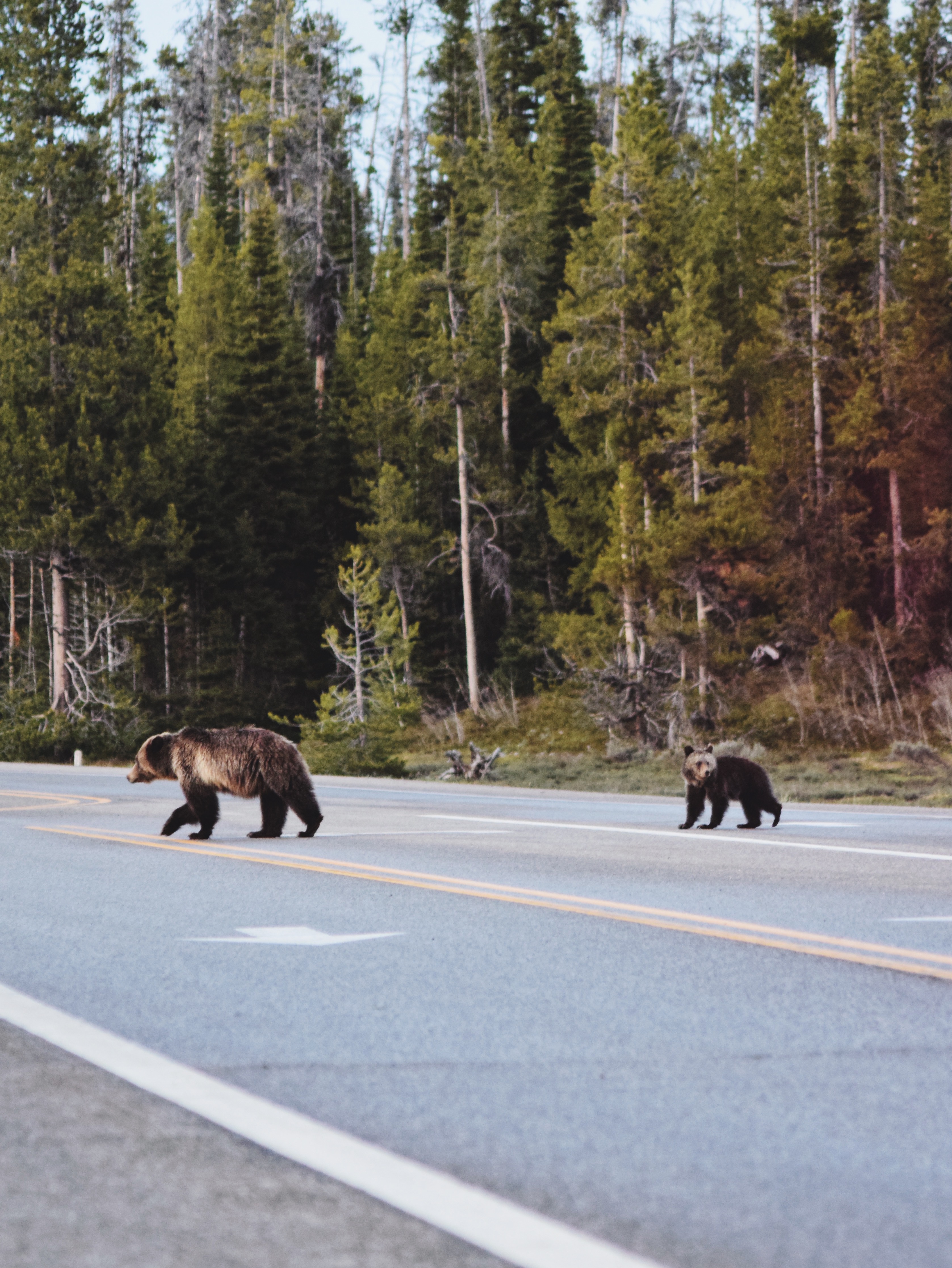
Published 2020-12-15
Abstract
Every year, millions of people visit parks and protected areas to view wildlife. Human-wildlife conflicts typically occur when people approach animals at inappropriately close distances. Bison are involved in more dangerous interactions than any other species in the Greater Yellowstone Ecosystem (GYE), and conflict between people and elk is becoming increasingly concerning to managers. Most of these incidents occur when people approach bison at proximities less than the GYE regulation of 25 yards. Developing effective communication programs can aid in addressing peoples’ perceptions about wildlife. The purpose of this study is to explore the effectiveness of distance-related human-wildlife interaction communication messages currently, and potentially employed by Grand Teton National Park and Yellowstone National Park. Additionally, this study will explore the effect that emotions have on park visitors’ ability to estimate distances. The results of this study will inform solutions that managers can implement to prevent resource degradation and enrich visitor experience and safety.
Featured image by Anna Cressman, taken from the UW-NPS photo collection.
